Surviving Financial Setbacks: How Great Depression-Era Lessons Help Me

Could I have lived during the Great Depression? Or maybe more importantly, could I use some of those philosophies now to help myself during times of inflation?
There’s a new buzzword floating around social media that ties into this, and I want to talk about that along with a few Great Depression-era philosophies that I’ve used myself.
Table of contents
Financial Setbacks
Today, financial setbacks come in many forms. People lose their jobs, unexpected things happen in our personal lives, or national challenges like inflation cause people to struggle. That happened during the Great Depression, and in many ways, we’re seeing similar things happen now. Inflation is at an all-time high, unemployment is affecting many families, and people are finding it hard to pay rent, car payments, or even buy food.
During the Great Depression, more women were working, and that number continued to rise through World War II, eventually doubling. Unemployment hit an all-time high back then, banks were failing, and people struggled to put food on the table. Looking back at history and seeing these trends repeat today, it’s natural to wonder, "Could I live through another Great Depression?"
One famous saying from that time—“Use it up, wear it out, make do, or do without”—inspired people to get creative with what they had, repurposing, fixing, and avoiding buying new things unless absolutely necessary. Today, there’s a new buzzword making the rounds on social media: “underconsumption core.”
It’s a modern take on those same Great Depression-era ideas, encouraging people to consume less, use what we have until it's completely gone, and avoid buying excess. In a sense, history is repeating itself, as people look to these same strategies to stretch their dollars.
I’ve talked on my channel before about these philosophies, and many of us still live by them. In fact, those ideas are what have gotten me through tough times of inflation. They’ve helped me reach early retirement, build up savings I can count on, and navigate financial setbacks.
My Financial Setback
Speaking of financial setbacks, I’ve had a recent one myself. As some of you know, I took care of a lot of my medical issues before retiring early, including $3,500 worth of dental work. Back when I was raising my kids, I couldn’t afford to get my teeth fixed, so I had many of them pulled. It was cheaper, and I needed the money for my family. But as I got older, I started having more issues with the teeth I had left. I remember one of them cracking just from eating a french fry! I kept getting them pulled rather than fixed, but eventually, I had so few teeth left that I struggled to chew anything, including meat and salad.
That’s when I found a dentist who would work with me and put in bridges, so I could chew again. It was life-changing. But recently, one of those bridges fell out while I was eating supper, and I thought, “Oh no, this is terrible.” I was worried about the teeth underneath the bridge, but luckily, my dentist said they were still fine. The problem was that my teeth had shifted slightly, creating a gap. He was concerned that the gap would lead to more problems, so he recommended getting a new bridge. The cost? $1,800.
Even though we have dental insurance, it wouldn’t cover the new bridge because it was related to a procedure I had before the policy started. This is one of the reasons I get frustrated with insurance. You think something’s covered, but then you find out it’s not, and you end up paying out of pocket anyway. Thankfully, the dentist offered a 60% discount since the bridge had fallen out, but that still left me with a hefty bill.
Paying Off Credit Cards
I decided to put half of the cost on my CareCredit card, which gives me six months to pay it off interest-free. In three weeks, when I get the new bridge, I’ll put the other half on the card, giving me six months to pay off the full amount. I’ve talked before about using credit like this, but it’s so important to prioritize paying it off before the six months are up. If you don’t, they’ll slap a huge interest charge on the entire amount, even if you only have a small balance left.
I’m going to work hard to pay this off without dipping into my savings. Instead, I’ll budget carefully and live even more frugally than usual to create the extra money I need. I refuse to touch my savings for this. In fact, that’s been my strategy for years. I always pretended my savings weren’t there. When I reached $10,000, I told myself that was my new normal and I wouldn’t go below that. I did the same when I hit $20,000, and so on. This mindset helped me build up a solid safety net for the future.
Depression-Era Upbringing
I rely heavily on the lessons I learned from my parents, who lived through the Great Depression. My dad was born in 1929 and my mom in 1931, so they were raised with a distrust of banks and a focus on self-reliance. I’ve raised my kids with the same philosophy, and even my fifth child, who’s 30 now, jokes that she was raised like she lived in the Great Depression. But the truth is, those skills have served us well, and they’ll continue to help us through tough times.
Conclusion
This idea of underconsumption core that’s trending on social media makes me smile because it’s essentially Great Depression thinking, rebranded for today. Using up every last crumb of makeup, sticking to just a few pairs of shoes, and repurposing items are all strategies I’ve lived by for years. I’m glad to see this philosophy making a comeback because it’s so important, especially when it’s so easy to buy new things on credit.
The philosophy of using what I have, repairing and caring for my belongings, and finding alternatives instead of always buying new is what’s gotten me this far in life. It’s not a new idea—it’s just a great one. Let me know your thoughts on this. Do you use any Depression-era thinking in your own household? I’d love to hear what’s worked for you.










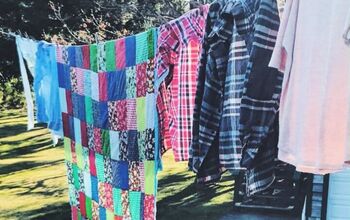
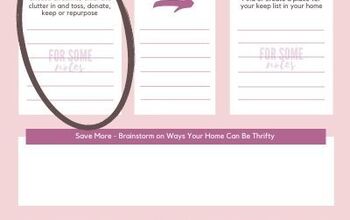
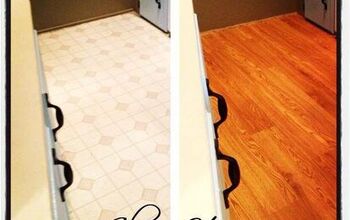
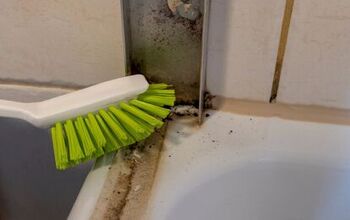



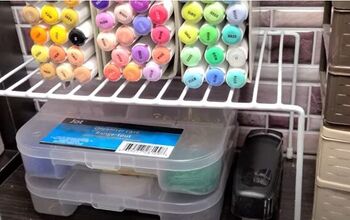

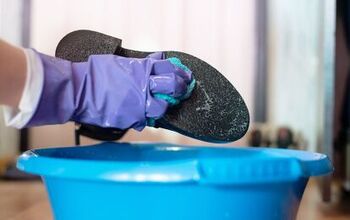
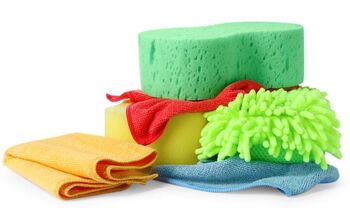



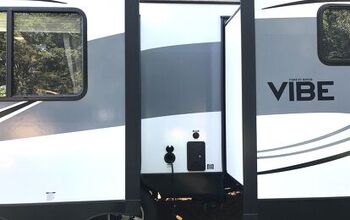

Comments
Join the conversation